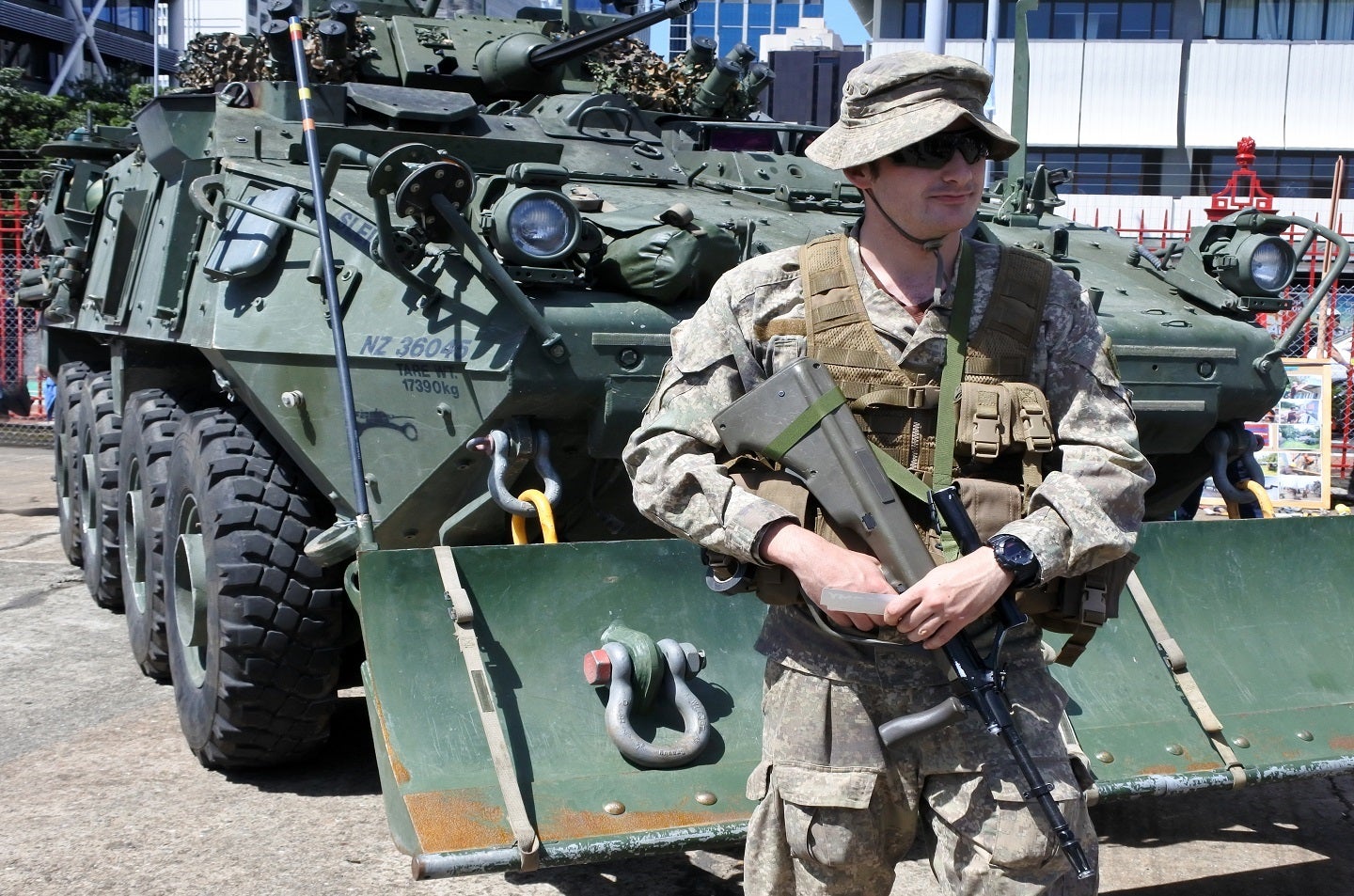
As New Zealand adapts to a changing geopolitical landscape, GlobalData’s “New Zealand Defense Market 2023-2028” reports offer insights into the nation’s defence strategy.
From boosting defence spending to navigating procurement challenges, this report sheds light on the multifaceted approach of New Zealand’s Army, Air Force, and Navy.
New Zealand defence spending on the rise
Amid geopolitical shifts, New Zealand plans a boost in defence spending. GlobalData reports a forecasted expenditure of $3.4bn in 2028, showcasing a strategic realignment after a negative CAGR of 6.9% from 2019 to 2023. This shift signals the government’s commitment to countering emerging threats.
The Defense Capability Plan 2019 outlines a $13.2bn (NZ$21.5bn) commitment to upgrading capabilities. The Royal New Zealand Air Force (RNZAF) takes centre stage with plans to procure P-8A Poseidon aircraft and revitalise tactical airlift capacities. Simultaneously, the Royal New Zealand Navy (RNZN) focuses on modernising ANZAC frigates and investing in a new ice-capable offshore patrol vessel.
The New Zealand Defense Force (NZDF) focuses on land capabilities, investing in protected and tactical mobility. Cumulative defence modernisation projects are set to propel the South Pacific Ocean island’s defence market growth, showcasing a comprehensive approach across all branches.
Foreign investment and market challenges
The complexity of New Zealand’s defence procurement is dissected in detail. The Ministry of Defense and NZDF collaboratively oversee procurements, emphasising the Capability Delivery Division’s role. Trade associations like NZDIA and NZ Marine Industry Association play roles, influencing policies and supporting SMEs.
While New Zealand welcomes foreign investment, particularly in defence, the Overseas Investment Act 2005 ensures a delicate balance. A fair and liberal foreign direct investment policy prevails, but challenges loom with a limited defence budget of $2.9bn. The preference for US suppliers, evident in significant procurement programmes, presents hurdles for international players.
The defence market is dynamic across the Army, Air Force, and Navy. Significant investments in military-fixed wing aircraft and naval vessels dominate, with notable contracts like the C-130J with Lockheed Martin and Boeing’s P-8A Poseidon. A new Southern Ocean Patrol Vessel, costing $395.9M, underlines New Zealand’s commitment to maritime capabilities.
Geopolitical considerations for New Zealand
New Zealand’s defence strategy responds to evolving geopolitical concerns, particularly in the face of expanding Chinese influence. The report highlights a nuanced stance within the Five Eyes intelligence alliance, emphasising a measured approach in Trans-Tasman relations with Australia.
GlobalData’s insights offer a view of New Zealand’s defence landscape. From financial realignment and strategic investments to navigating procurement intricacies, the nation stands at the forefront of securing its interests amidst a complex global scenario.







